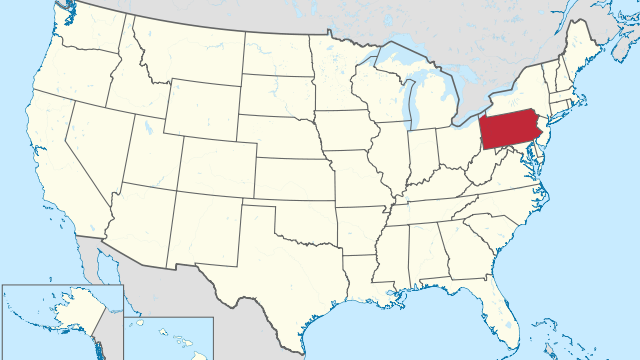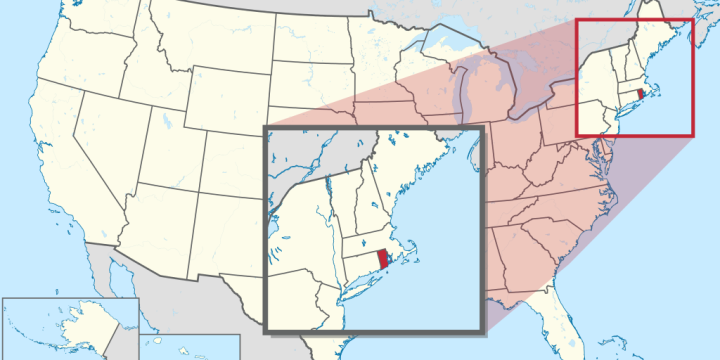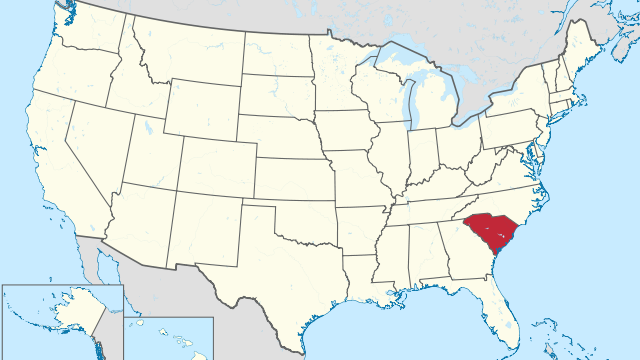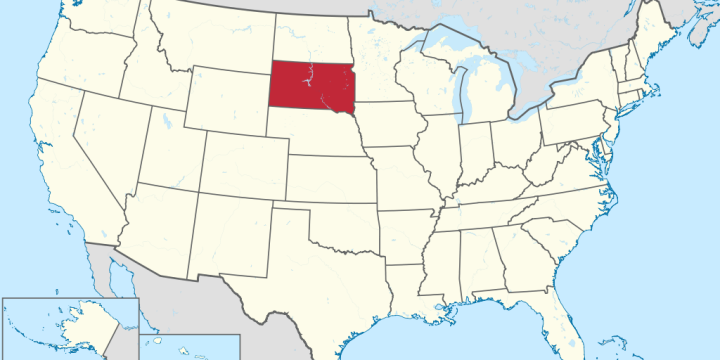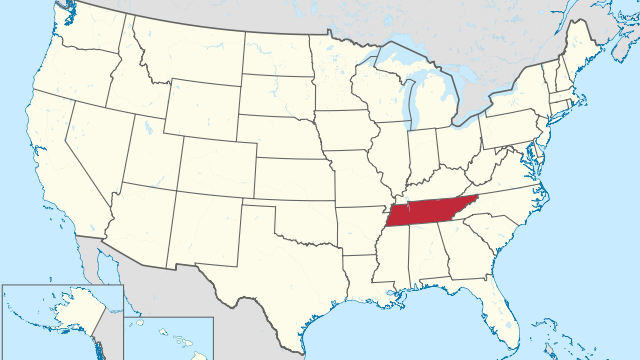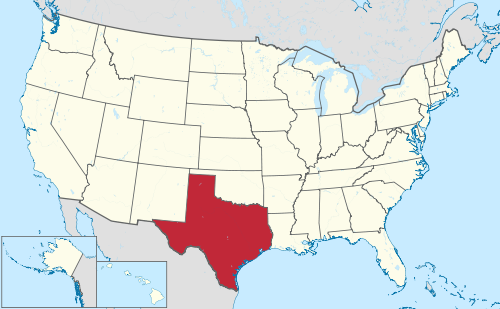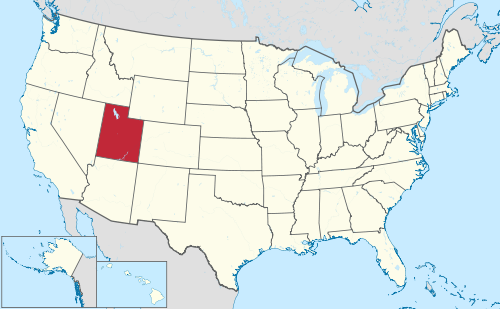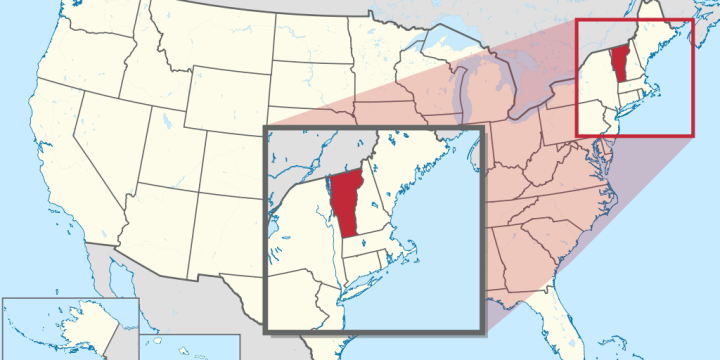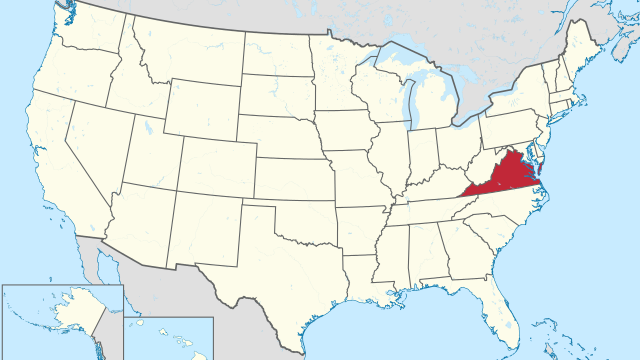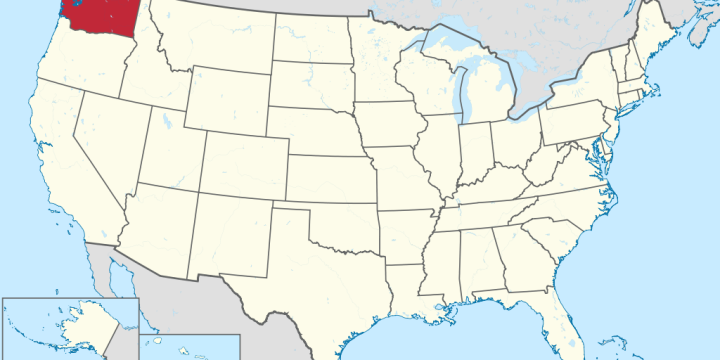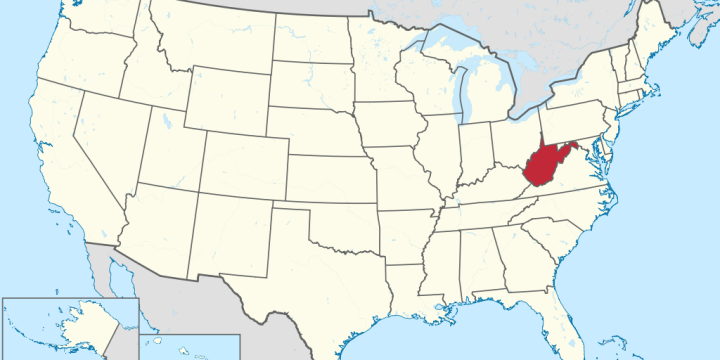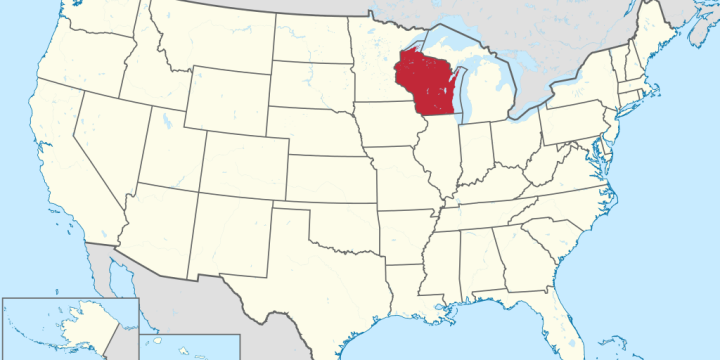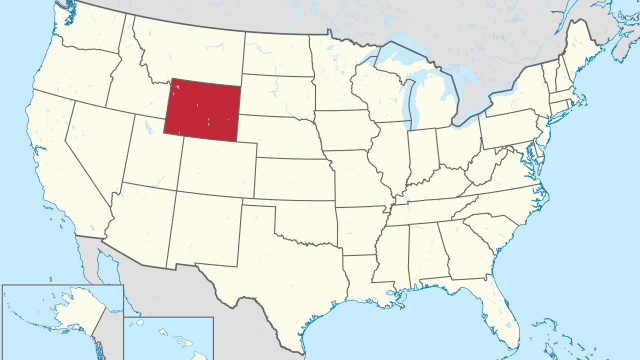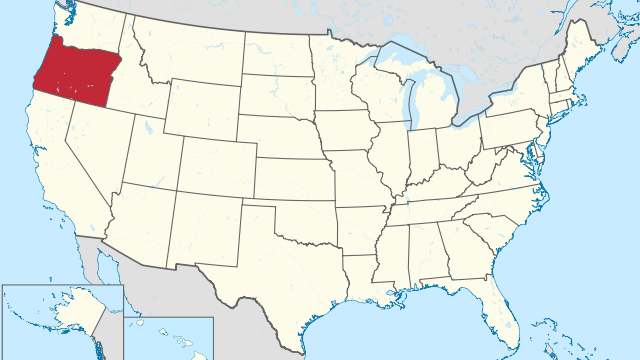
State of Oregon
Capital city Salem Biggest city Portland Surface 255,026 km² Population 4,246,000 Length of highway network 1,247 km First highway 1955 Abbreviation OR Oregon is a state in the United States, located on the west coast. The state has 4.2 million inhabitants (2021), on 255,026 km², more than six times the size of the Netherlands. The capital is Salem, the largest city is Portland. Geography I-84 in the Columbia River Gorge. Oregon is located on the Pacific coast of the United States and borders the states of Washington, Idaho, Nevada, and California. The state measures a maximum of 600 kilometers from west to east and 480 kilometers from north to south. The state belongs to the Pacific Northwest region. The state has a very diverse landscape, with the spectacular coastline rising…
